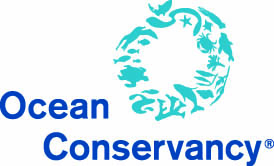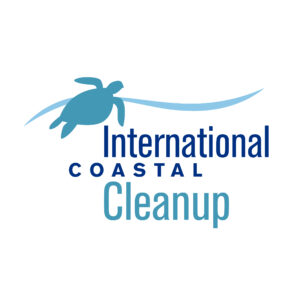From Macro to Micro Plastics – What happens to litter and debris?
Nature Trust – FEE Malta has embarked on a project to engage audiences to reduce plastic pollution and debris entering waterways and oceans is vital. This was done through funding in part by Ocean Conservancy’s Small Grants Program.


The project aims to provide as many people as possible the opportunity the really see the extent to which plastic breaks and hence where it penetrates because of it’s small size and the related damage that is done.
In order to continue and complement the work already being done through educational sessions both in schools and outdoors and coastal cleanups it is noted that for children and adults to understand better the effects of litter and what really happens to it they need to visualise better the micro plastics. Unfortunately marine litter and debris which has been some time in the sea starts to break up and hence becomes more dangerous. Microplastics have been noted in the sand, in seaweed and inside fish and turtles. It is our aim to be able to show the extent to which plastic breaks down and where it manages to go because of its small size through the use of portable devices and digital microscopes.
Besides various cleanups, mostly in beaches, Nature Trust has provided for various educational sessions including the use of digital microscopes to show what microplastics really are, how small they can be and the damage done. An interesting development during the sessions was the lack of awareness and hence action was taken as regards fibres resulting from clothes washing, also depending on the materials used for the clothes we wear.
It was also found important to raise awareness about the green washing of products including biodegradable balloons, and single use items advertised as eco-friendly which however still take a relatively long time to biodegrade and which is in fact enough time to cause injuries and kill sea birds, turtles and fish.
Another section of the project involved a mini poster campaign competition for students. This was very well received. The aim was to raise awareness on litter, single use items, microplastics and the dangers they create, mainly on the following points of focus…
- Distinguishing between manmade and natural materials (example: seaweed, feathers, roots and twigs are not litter)
- Provide information on misleading advertisements and labelling (example: the true meaning of compostable, biodegradable, etc., what they are made of, how long they take to decompose and that they can still be dangerous to wildlife for example)
- Create awareness about “biodegradable” balloons, after effects of balloon releases and the true impacts these materials have on the environment.
- The top ten litter items found on local beaches and ways to control them – mainly: cigarette butts, single use cutlery, stirrers and straws (including bamboo), single use cups (including wax covered paper), bottle caps, etc.
Below you can download and view the finalist entries, which posters were and are still being used during educational sessions.

Winning entry by Logan Buttigieg and Ryan Vella, St Francis School, Victoria
 Winning entry by Florian Mizzi Vella, St Ignatius College, Qormi San Ġorġ Primary School
Winning entry by Florian Mizzi Vella, St Ignatius College, Qormi San Ġorġ Primary School
Lesson plans, available below were also prepared free to use for all, such that teachers can introduce students to marine litter in different ways. Age level is adaptable.
If you need more information and wish to access resources /educational sessions related to this project kindly contact on [email protected]



